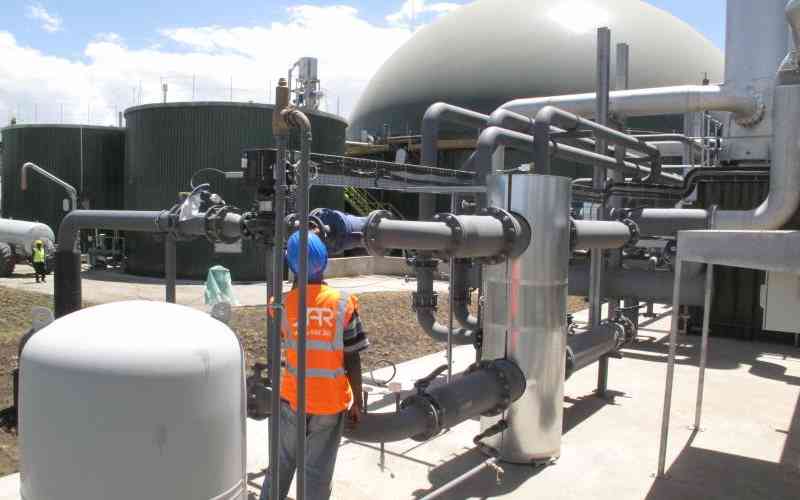×
The Standard e-Paper
Home To Bold Columnists

When Julius Ng'etich saw the devastating effects of cancer on one of his family members, he vowed to do everything in his power to stop anyone else in his family from going through the same.
"The pain I saw her going through is an experience I do not wish for anyone, much less my daughter," he says.







